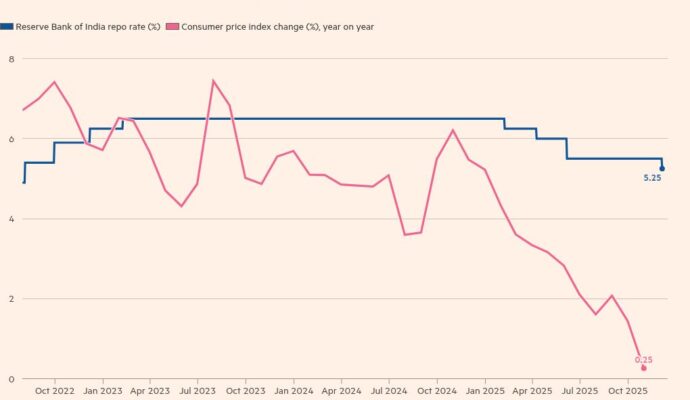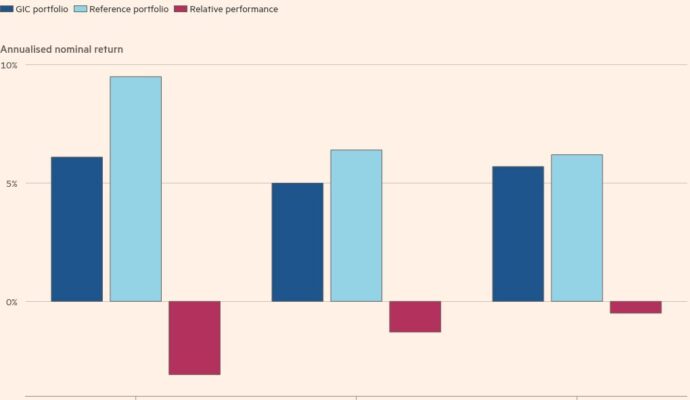Unlock the Editor’s Digest for free
Roula Khalaf, Editor of the FT, selects her favourite stories in this weekly newsletter.
China’s exports accelerated in September, showing the resilience of the country’s trade machine as tensions flared again with the US ahead of an expected meeting between presidents Xi Jinping and Donald Trump in South Korea this month.
China’s exports in September rose 8.3 per cent in dollar terms year on year during the month, compared with analysts’ expectations of 6 per cent according to a Reuters poll, and 4.4 per cent growth in August.
Imports also rose strongly, up 7.4 per cent compared with analysts’ forecasts of 1.5 per cent, according to Reuters, and 1.3 per cent in August.
Goldman Sachs said ahead of the results that the figures were supported by seasonal factors, such as more working days in September than in August and statistical base effects from a year ago.
But the stronger results will be a source of confidence for Beijing as it steps up high-stakes bargaining with the US on trade, last week announcing sweeping new export controls on rare earths and related technology that extend its control over global supply chains.
The measures and an angry response from the US president, who threatened again to increase tariffs, risk ending a series of truces struck between the two sides that have temporarily reduced sky-high levies.
The two presidents are expected to meet in South Korea late this month for a meeting of the Asia-Pacific Economic Cooperation forum, but the renewed tensions have thrown this into doubt.
Analysts say Beijing is reliant on trade for economic growth amid vulnerabilities at home, including households that are reluctant to spend and deflation that is threatening to become endemic.
Trump over the weekend threatened trade retaliation against China, including 100 percentage points of new tariffs and controls on software. He walked back those threats on Sunday but with China’s export controls still in place, analysts say the situation is uncertain.
“On Sunday, President Trump made a post on social media that seemed to indicate a desire to find a solution to the current disagreement,” Goldman said.
Citi analysts said in a note there was still opportunity for both sides to come back to the negotiating table.
But in the worst-case scenario, China would be able to handle a 100 percentage point tariff increase, given that its exports to the US were already declining sharply — down 33 per cent year on year in August with tariffs at 40 per cent.
China’s imports from the US, including soyabeans and semiconductors, have also been affected by the tensions. In a weekend statement, the American Soybean Association said its members “are facing an ever-growing financial crisis”.
Wang Jun, vice-minister of the General Administration of Customs, said on Monday that China was among the three biggest trading partners of 166 “countries and regions” globally in the first seven months, up by 14 compared to the same period last year.
“China’s trading ‘friend circle’ continues to expand,” he said.


